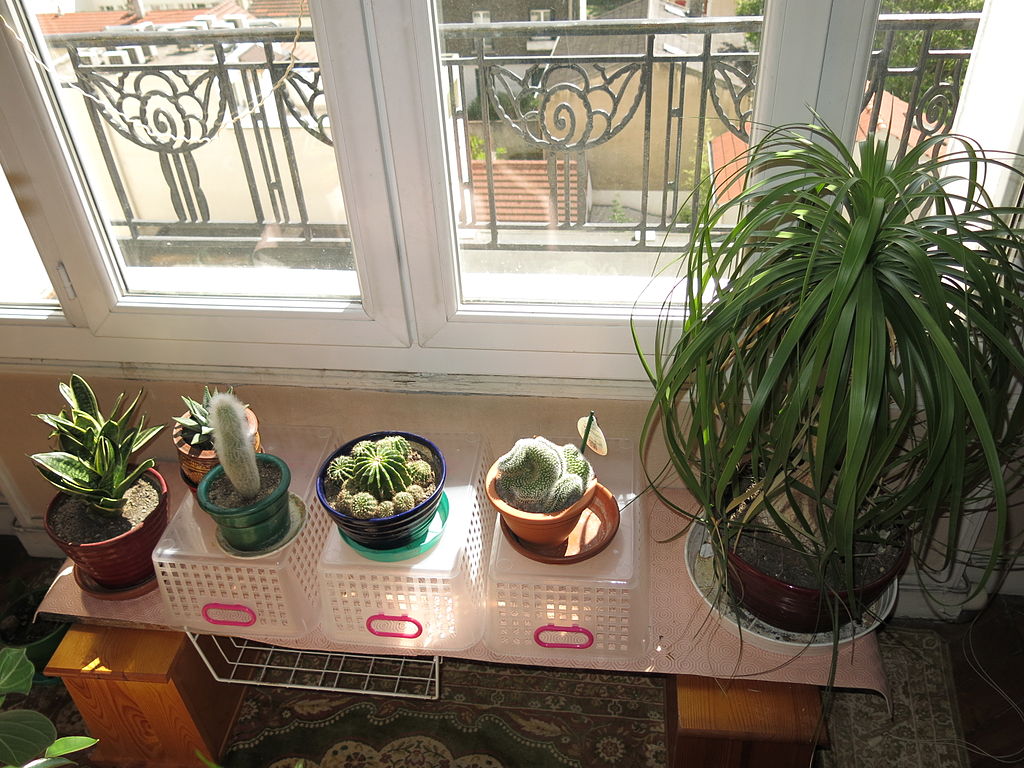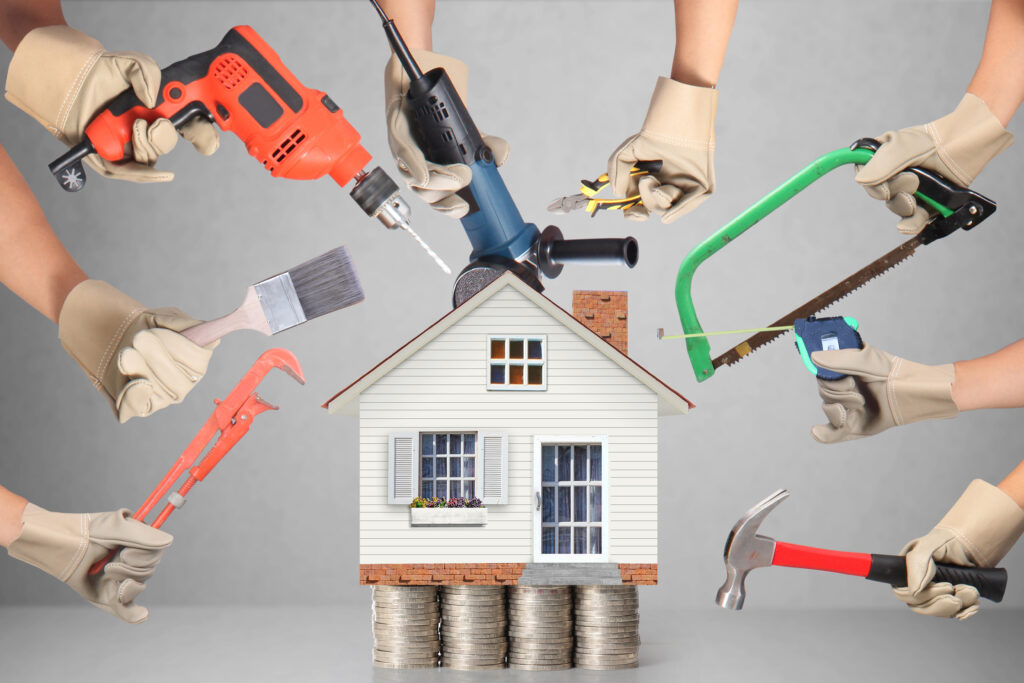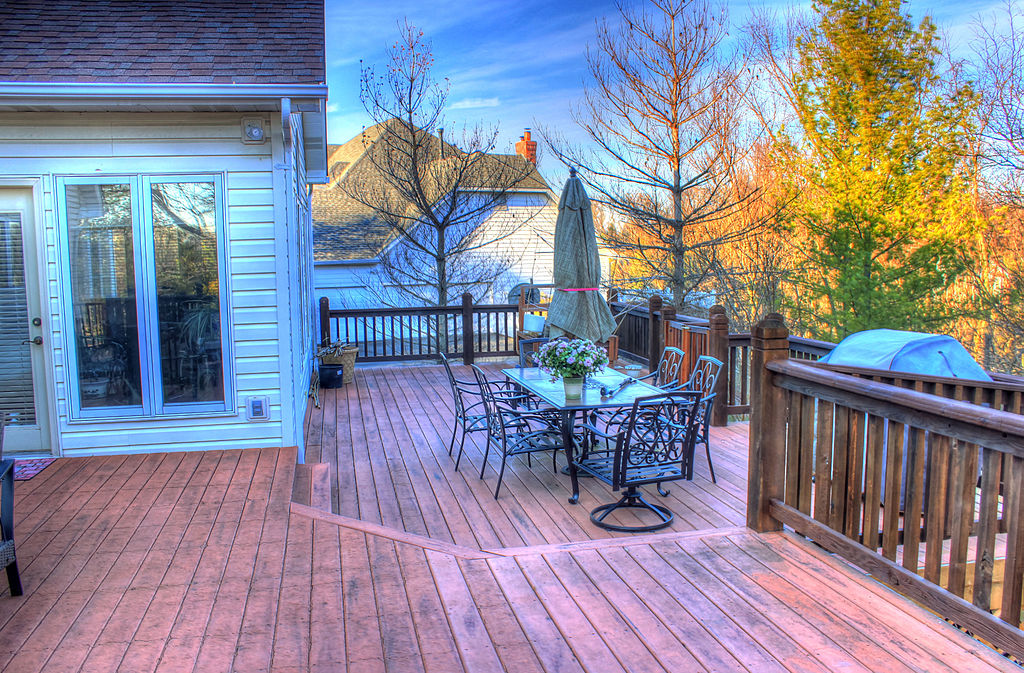There’s nothing quite like the look and feel of live plants when you want to introduce a natural feel to indoor spaces. Indoor plants provide an easy way to liven up interiors without sacrificing the comfort and security of being indoors, and there are all kinds of indoor plants available to be used for accents around the home or office. If you’re new to caring for indoor plants, you may be feeling a little unsure of how to keep them fresh and healthy, but by following a few simple tips, you can enjoy your plants for weeks or even months on end.
Show Some Love
Although plants may not have the same level of sentience as a human or an animal, they still need some love and attention. In fact, studies have shown that playing music for plants can stimulate growth and lead to healthier foliage. In addition, you’ll want to follow the watering, soil cultivation and sunlight recommendations for your specific plant variety. Some plants require a lot of water while others require less. Providing just the right amount of water, sunlight and nutrients on a regular basis can help your plants to thrive. If you’re unsure about the recommendations for your indoor plants, look online or speak with an expert at a local nursery.
Check For Fungus And Pests
It’s also a good idea to check your indoor plants on a regular basis for fungal growth and pests. Fungus isn’t always harmful to plants, but certain types can cause damage. Additionally, pests that infest and eat plants may be hard to spot with the naked eye, so look for signs of pest problems like broken foliage or damaged stems. To treat these issues, consider commercial products designed to handle fungal growth and pests. You can also look online to learn about natural remedies using household items that don’t contain chemical additives. Most plant experts prefer natural treatments over chemical treatments for indoor plants, but some plant problems require more intensive solutions.
Choose The Right Container
When a plant grows in the wild, it has the entire planet beneath it to let its roots grow and spread. Indoor plants are typically confined to containers, and this means that their roots don’t have as much room to expand. Because of this, the size of your plant’s container can affect its size and health. Larger plants will usually require larger containers, and you will want to choose a container that allows air and moisture to circulate naturally through the soil.
Be Mindful Of The Temperature
Plants may be susceptible to shifts in temperature, so be mindful of how hot or cold you keep your home or office. Remember that plants usually grow outdoors, and some plants are more suited to certain climates. If you’ve brought an exotic plant indoors that usually lives in a very warm or very cold climate, you may need to pay special attention to that plant’s needs. Additionally, you can consider using heat lamps for plants that require additional warmth, and also remember that your indoor temperature can affect the level of humidity.
Indoor Plants Don’t Last Forever
Lastly, while it’s always sad to lose an indoor plant, keep in mind that they don’t last forever. All the care and attention in the world won’t save an indoor plant that has reached the end of its natural life cycle, so it’s a good idea to recognize the signs of a dying plant that needs to be replaced. Oftentimes, wilting can be remedied by providing water and nutrients, but if a plant is not responding to the care you provide, it may be time to let it go. Additionally, an indoor plant that begins to yellow may be oversaturated or may be experiencing a nutrient imbalance. If an indoor plant begins to turn brown or black, however, it is probably time to get rid of it.


